Are you tired of constantly battling pests and weeds in your vegetable garden? Do you wish there was a more natural way to boost your garden’s health and productivity? Well, you’re in luck! Companion planting is the answer you’ve been searching for.
Companion planting is an age-old gardening technique that involves growing different plants together to benefit them both. It’s like a natural partnership between your veggies, herbs, and flowers – each one lends a helping hand to the others, creating a thriving, self-sustaining ecosystem in your backyard.
Imagine a vegetable garden where your tomatoes are protected from pests by the fragrant basil growing nearby or where your carrots can grow strong and straight thanks to the radishes breaking up the soil. That’s the power of companion planting – a gardening superpower that can transform your outdoor space into a lush, productive oasis.

In this comprehensive guide, we’ll explore the world of companion planting and uncover the secrets to creating a healthy, bountiful vegetable garden. From understanding the basic principles to choosing the right plant pairings, we’ll cover everything you need to know to get started. So, grab your gardening gloves, and let’s get growing!
The Basics of Companion Planting
Companion planting is all about creating beneficial relationships between different plants. It’s based on the idea that certain plants can help or hinder the growth of others, depending on their unique characteristics and needs.
At its core, companion planting is about understanding the different types of plant relationships. There are three main categories:

Beneficial Relationships occur when two plants work together to provide mutual benefits. For example, marigolds can help repel nematodes, a common pest that can damage tomato plants. You’re creating a natural pest control system by planting marigolds near your tomatoes.
Antagonistic Relationships happen when two plants compete for resources like water, nutrients, or sunlight. For instance, corn and beans can be grown together, but they may struggle to thrive if planted too close to the corn.
Neutral Relationships: These are situations where two plants have no significant impact on each other, either positive or negative. Lettuce and broccoli are a great example of this – they can be grown side by side without major issues.
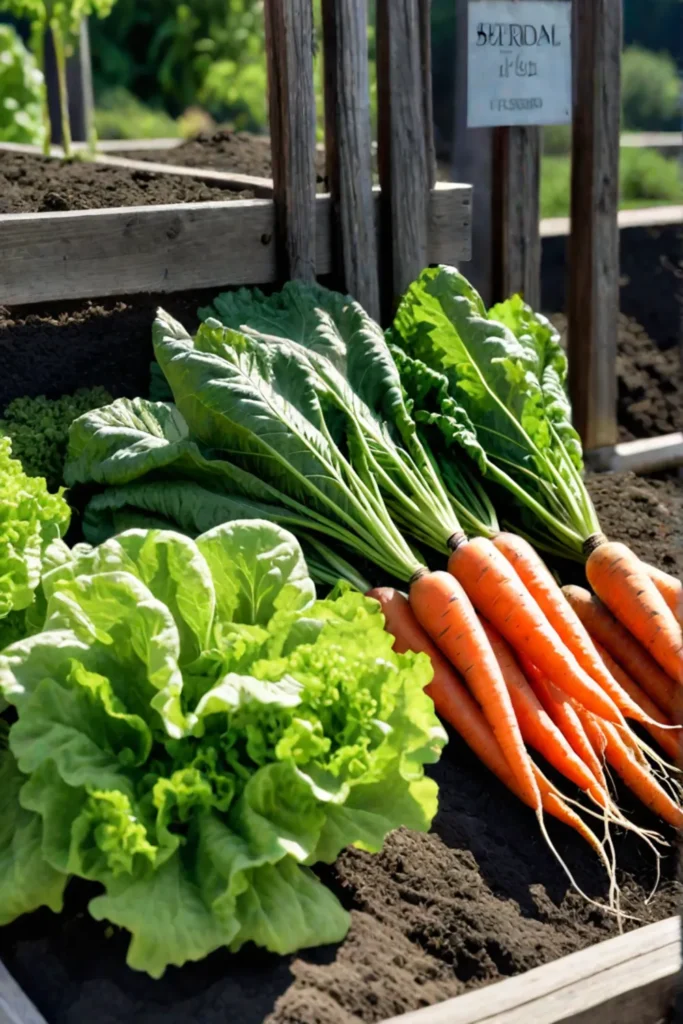
By understanding these different plant relationships, you can start to plan your vegetable garden to maximize the benefits and minimize the drawbacks. It’s like creating a mini-ecosystem in your backyard, where each plant plays a vital role in the overall health and productivity of the garden.
The Benefits of Companion Planting
Companion planting offers a wealth of benefits for your vegetable garden, from improved pest control to enhanced soil fertility. Let’s take a closer look at some of the key advantages:
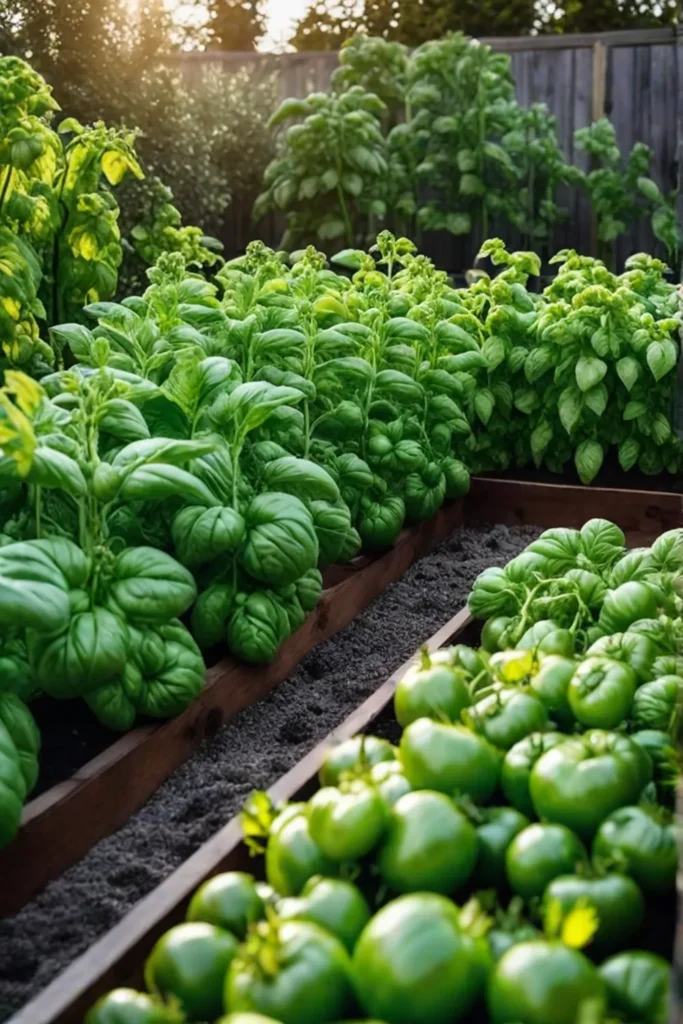
Pest Control: One of the biggest benefits of companion planting is its ability to manage pests naturally. By planting certain herbs, flowers, or vegetables together, you can create a diversified ecosystem that attracts beneficial insects, such as ladybugs and lacewings, which prey on common garden pests. This helps reduce the need for harsh chemical pesticides, keeping your veggies (and your family) safe and healthy.
Nutrient Cycling: Different plants have different nutrient requirements, so they can work together to create a balanced, self-sustaining system. For example, legumes like beans and peas can fix nitrogen in the soil, benefiting plants that require a lot of nitrogen, like tomatoes and peppers.
Soil Health: Companion planting can also improve the overall health of your soil. Growing various plants with different root structures can help break up compacted soil, improve drainage, and increase the diversity of beneficial microorganisms.
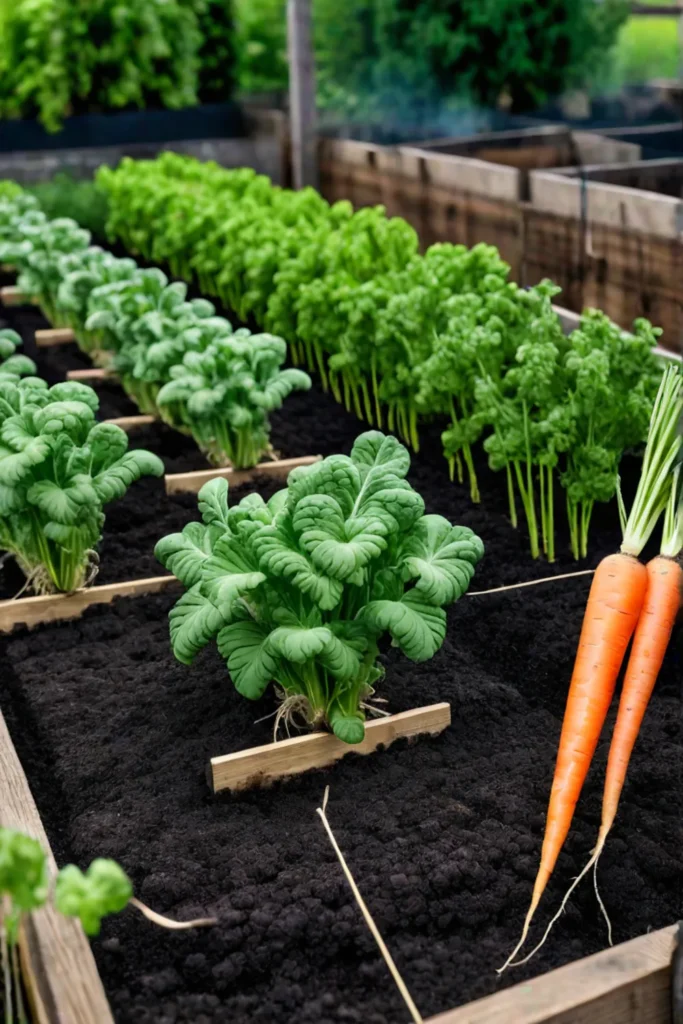
Space Efficiency: Another great advantage of companion planting is allowing you to make the most of your garden space. By carefully selecting plants that complement each other’s growth habits, you can maximize your garden’s productivity without overcrowding.
Choosing the Right Companion Plants
Now that you understand the basics of companion planting, it’s time to start planning your dream vegetable garden. But with so many plant options, how do you know which ones to choose?
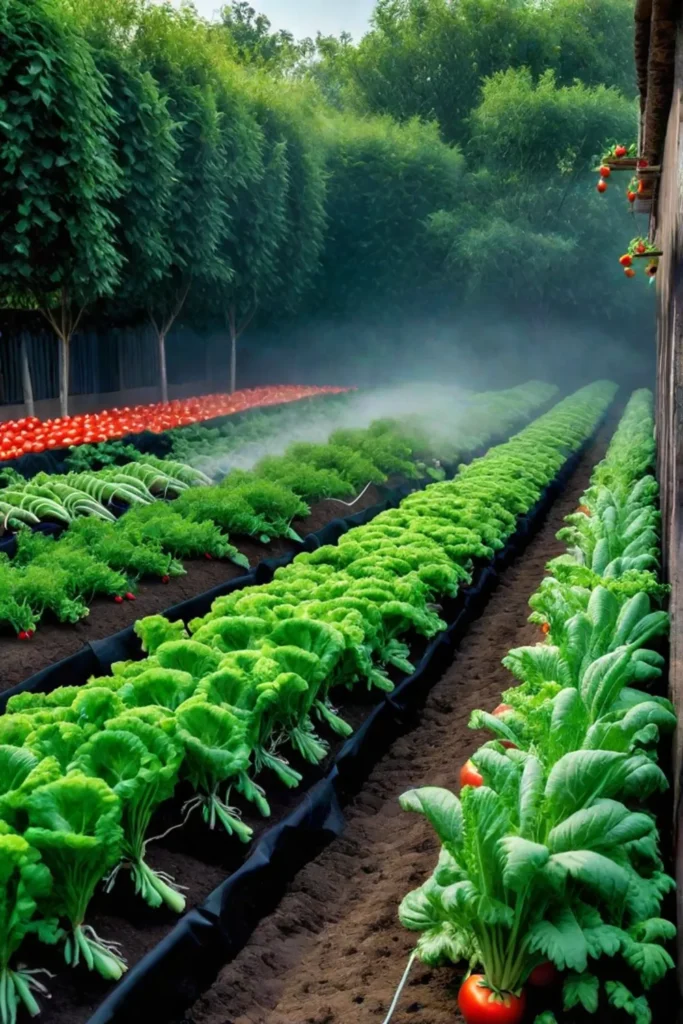
Here are a few key factors to consider when selecting your companion plants:
Plant Compatibility: Some plants seem to work better together than others. For example, tomatoes and basil are a classic pairing, as the basil can help repel pests that target tomatoes. On the other hand, tomatoes and potatoes should be planted separately, as they can be susceptible to the same diseases.
Growing Requirements: Choosing plants with similar light, water, and soil needs is important. This will ensure they can thrive side by side without competing for resources.
Desired Outcomes: Are you looking to control pests, improve soil fertility, or maximize your garden’s productivity? Knowing your goals will help you select the right companion plants to achieve your goals.

One of my favorite companion plant pairings is carrots and radishes. The radishes help break up the soil, making it easier for the carrots to grow strong and straight. The radishes can also help deter carrot flies, a common pest that can damage your crop.
Another great example is planting marigolds around your tomato plants. The strong scent of marigolds can help repel nematodes, which are tiny worms that can wreak havoc on tomato roots. It’s a simple, natural way to protect your tomatoes without harsh chemicals.
Putting Companion Planting into Practice
Now that you’ve got the basics down, it’s time to implement companion planting in your vegetable garden. Here are some tips to help you get started:

Plan Your Layout: When arranging your plants in the garden, consider their mature size and growth habits. Taller plants should be placed in the back, while shorter ones can be in the front or middle.
Diversify Your Plantings: Aim for a mix of vegetables, herbs, and flowers to create a thriving, balanced ecosystem. This will help attract beneficial insects and discourage pests.
Start Small: Don’t feel you must completely transform your entire garden. Begin by incorporating a few companion plant pairings and see how they perform. You can always expand your efforts in the following growing season.

Observe and Adapt: Pay close attention to how your plants are interacting and be willing to make adjustments as needed. Companion planting is all about finding the right balance for your unique garden.
Remember, having fun and experimenting is key to successful companion planting. With a little trial and error, you’ll be well on your way to creating a flourishing, low-maintenance vegetable garden that’s the envy of the neighborhood.
Embracing the Power of Companion Planting
Companion planting is a gardening superpower that can transform your vegetable garden into a thriving, self-sustaining ecosystem. By understanding the different types of plant relationships and selecting the right companions, you can enjoy fresh produce while reducing your reliance on harsh chemicals and inputs.
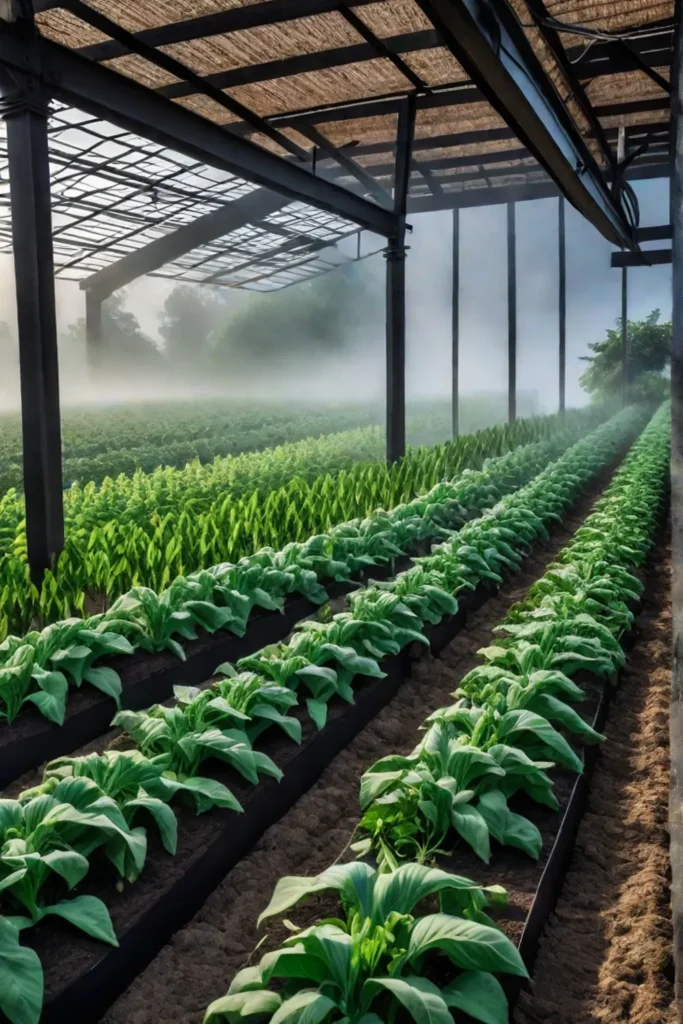
So, what are you waiting for? Grab your gardening gloves and start planning your dream companion-planted vegetable garden today. With a little creativity and patience, you’ll be well on your way to a healthier, more productive outdoor space that you can enjoy for years.
Happy gardening!










